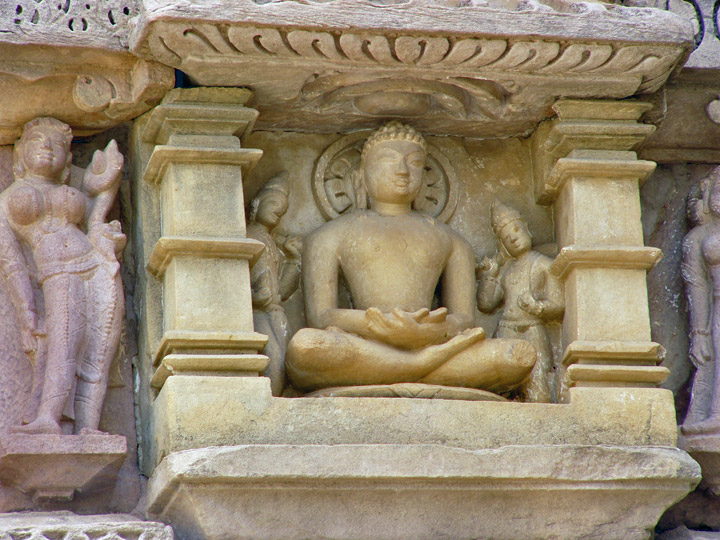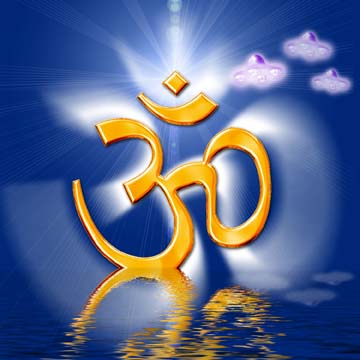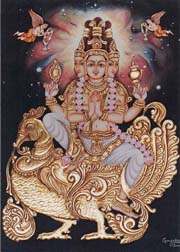 |
 |
|
|
|
|
|
Puja Puja is the act of showing reverence to a god, a spirit, or another aspect of the divine through invocations, prayers, songs, and rituals. An essential part of puja for the Hindu devotee is making a spiritual connection with the divine. Most often that contact is facilitated through an object: an element of nature, a sculpture, a vessel, a painting, or a print. Puja means worship,devotion and reverence. Puja is believed to be derived from the word 'pu-chey',or worship. The term puja is now used to include all forms of worship, ranging from the simple daily offerings of flowers, fruit, leaves, rice, sweetmeats and water to the deities in homes or temples, to the sacrifices in temples dedicated to Kali, Durga and other female deities. There are three kinds of pujas: "Dhirdha", "Madhya" & "Laghu". Puja ritual of idols of God has become in recent times a great of faith and belief in Hindu Religion. Puja is not only performed in temples but also in most of our homes. we worship God in our meetings before we start our days' programme of Jagran/Bhajan/Kirtans/ Ramayana and /or study of scriptures. The object of the puja ritual is to create and setup thoughts of spiritual forces in and around us. This is best achieved by chanting of some Mantra ,Bhajan or Chalisas, The benefit of puja is to remove obstacles. The pujas are performed on behalf of those who request them by us. Some of the benefits for doing specific pujas include: Obtaining happiness and peace by getting rid of malefic forces. Removing troubles that prevent us from starting on a spiritual path or business Gaining material spiritual, prosperity and abundance. Creating positive vibrations in the house, when starting new ventures such as a new job,business. Removing obstacles if suffering from losses, when starting a new business or investments. Improving the general health of body and mind, for a speedy recovery from illness. Increasing leadership skills. We can enhance the benefit of the Puja by doing spiritual practices. Some of the commonly observed practices include Meditation, Mantra Japa , Silence, Prayer, Fasting or Repeating God's name, charity. These vows can be done for one day or as long as you wish. The result of these actions is to enable us to imbibe more deeply the spiritual energy invoked by the Puja and to help purify us. |
|
You can stop the music playing and start the Arati
|
Start Arati OM JAI JAGDISH HARE |

TANTRA
PUJA
|
|
|
|
Volumes could be filled discussing the presence of the Divine Mother in all cultures from every corner of the world. In these earlier mythologies, the Mother was seen as that which gives birth to all creatures and that the earth, the elements, were not void of spirit but are in fact the living Goddess-Creator herself. To quote from Marija Gimbutas in her book The Language of the Goddess: Although forms of the Goddess are countless, there is only one Divine Mother or Sacred Feminine behind them all. Ultimately the Mother is pure formless Love appearing as the manifold expressions we see as the universe and all of the beings in nature. By pursuing love for the Mother in any of Her forms, we will eventually arrive at the non-dual perspective. The Goddess gradually retreated into the depths of forests or onto mountaintops, where she remains to this day in beliefs and fairy stories. Human alienation from the vital roots of earthly life ensued, the results of which are clear in our contemporary society. But the cycles never stop turning, and now we find the Goddess reemerging from the forests and mountains, bringing us hope for the future, returning us to our most ancient human roots. The concept of God as feminine is not new. Virtually all cultures have had a means of venerating the Supreme Being as a female form. Hindu and Buddhist cultures are rife with forms of the Divine Mother. In the Islamic tradition Allah has two principle names - Rahman and Rahim which mean Compassionate and Merciful. Both of these names are derived from the root Arabic word that denotes womb. Mahayana Buddhism recognizes the Mother as Prajnaparamita, the boundless and unfathomable Mother of all Buddhas. The early Gnostic Christians put much emphasis on the Virgin Sophia who is the feminine embodiment of Wisdom. The Chinese have Kwan Yin the Goddess of Mercy. In orthodox Judaism there is the Sabbath Queen and the feminine Shekinah. The mystical Jewish doctrine, the Holy Kabbalah, maintains that out of the Absolute emanated the three Mothers or primal elements, out of which emanated three Fathers which were primordial or spiritual air, water and fire from which came the planets and their angels. Some hold that in the Christian Holy Trinity, the Father, Son and Holy Spirit, that the Holy Spirit is the feminine principle. Mother Mary, the virgin mother of Jesus, continues the presence of the Divine Mother in modern Christianity |

![]()
.PLEASE
MAKE A DONATION  |
 |